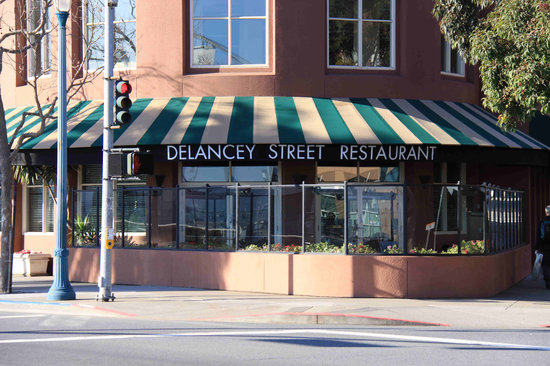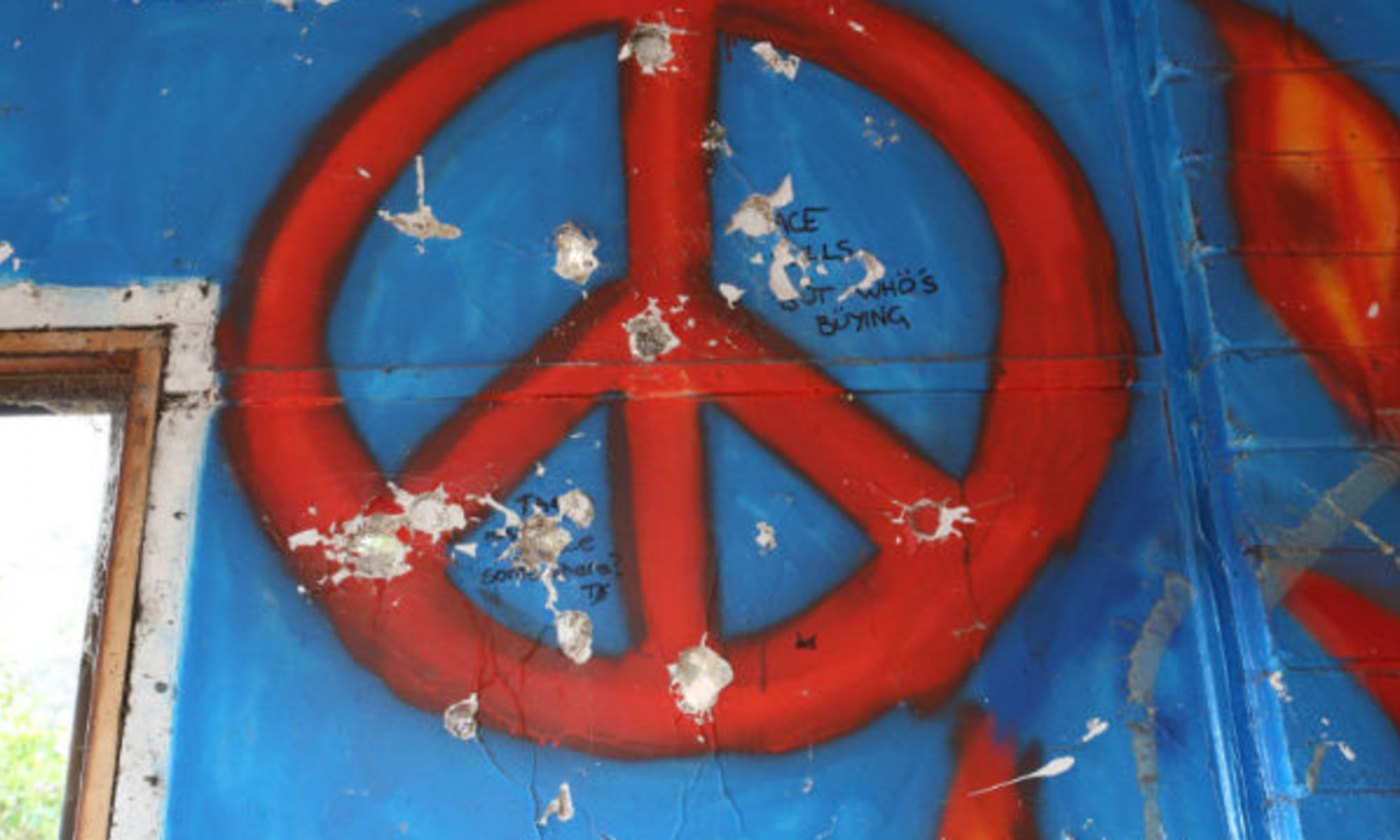By Magdalena Castillo
This week I struggled. A lot.
I remember walking through the prison, and feeling so heavy, like I was carrying all the pain that the inmates were feeling on my back. I looked down at their pants, pants that read PRISONER in large capital letters. It was their identity now. They were no longer humans, but prisoners forgotten about in a system I didn’t quite understand yet. Half my brain was yelling at me, wondering how I could possibly feel pain for murderers. The other part of me could not help but see every prisoner as a child, a child that was once innocent and pure, but then some person or system failed them and now they have done horrible, unspeakable things that they’ll spend the rest of their life paying the consequences for. “Hurt people hurt people.” Lou Hamond said this, and I couldn’t get it out of my head. There had to be something we can do to prevent this all from happening.
Then later this week, we listened to the testimonies of not only victims, but offenders and community members who have been through the criminal justice system in one way or another. I was shocked to see victims of violent crime be so supportive of things like Restorative Justice. These people saw that locking people up forever without any assistance in terms of assimilating back into the real world isn’t a solution. “It’s just another person dead,” as Cheryl put it.
We visited Delancey St., a 4.5 star-rated restaurant ran by ex-criminals on parole that learn real-life skills, in this case, how to wash dishes, cook, wait, and run a restaurant. It is a way to give ex-offenders an opportunity to give back to not only the community, but to themselves as well and create a life that is beneficial to all parties involved. When people start at Delancey St., typically they don’t return to being involved in crime.

Then we went to Ranchos Cielos, an amazing non-profit that allows students who are involved in or susceptible to gang violence in the community of Salinas and offers not only academic classes, but also a variety of vocational skills and training so that they can focus their time and efforts into a job in the future (or university if they choose) instead of in gangs. I was overwhelmed with the beauty of the place, with the success of it, and I was overjoyed to hear that the recidivism rate into gangs was less than half there.
Between that, and all the other presentations and visits, I saw that there are things we can do to prevent all this from happening, and those things are being done today more than ever. It was okay for me to feel emotional on behalf of the offenders and the victims, as we’re all humans and there are almost always reasons we do things. While not excusing behavior, we can look into the root causes of how and why these people committed such crimes and support organizations like these two in attacking those root issues and doing preemptive work that needs to be done in this world.


